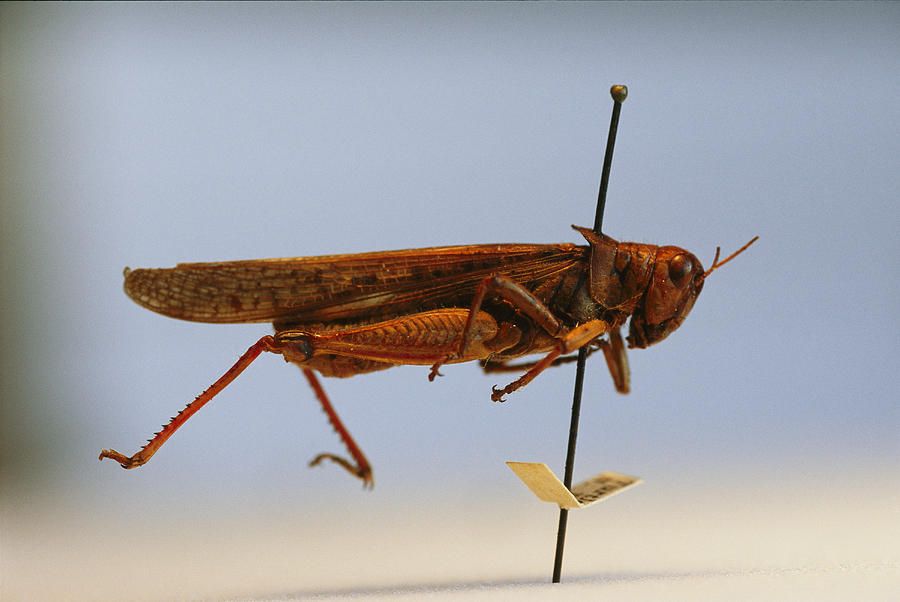A species disappears from our planet about every 30 minutes.
A specimen of the Rocky Mountain locust.
Child, transcribed by Riley et al.

According to the Guinness Book of World Records, the swarm consisted of some 12.5 trillion insects.
It was possibly the largest grouping of animals ever.
For years before the event, locusts had pierced through agricultural lands like vagabonds hungry for wanton destruction.

An image of a Rocky Mountain locust on a ceramic urn by Julia Galloway.
This species was purely American, and inhabited no other lands.
Their sheer size went to zero a mere 28 years after the horrific swarm of 1875.

Finding it to be highly fertile, the farmers took these fields with horse-driven instruments and began ploughing.
As the soil turned, hosts of eggs were continually destroyed.
Illustration of egg-laying by females (1869).
The last time we witnessed a living locust was in 1902.
Naturally, the large and unpleasant existence meant that the tiny creatures were taken for granted.
Everyone was wishing for their extinction and no one bothered to collect samples.
His expedition had revealed lumps of broken wings and tangled legs.
Excavations confirmed them to be 800-year-old.
Etymologists have officially named them as Caloptenus Spretus.
Spretus means despised and suits the reputation of the insects more than perfectly.
The specimens have hence proved invaluable in the classification of the pests.